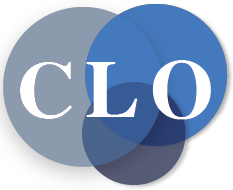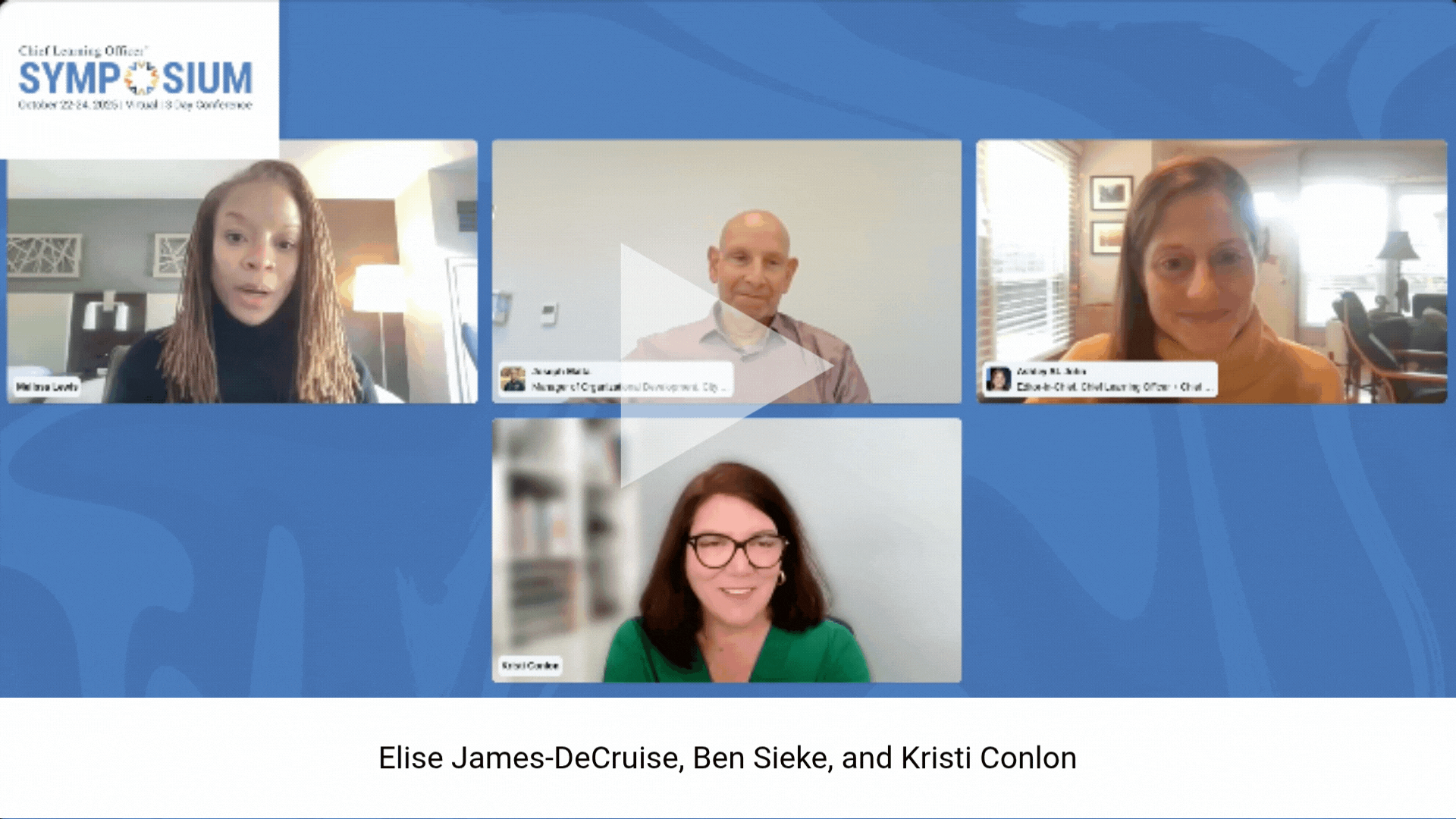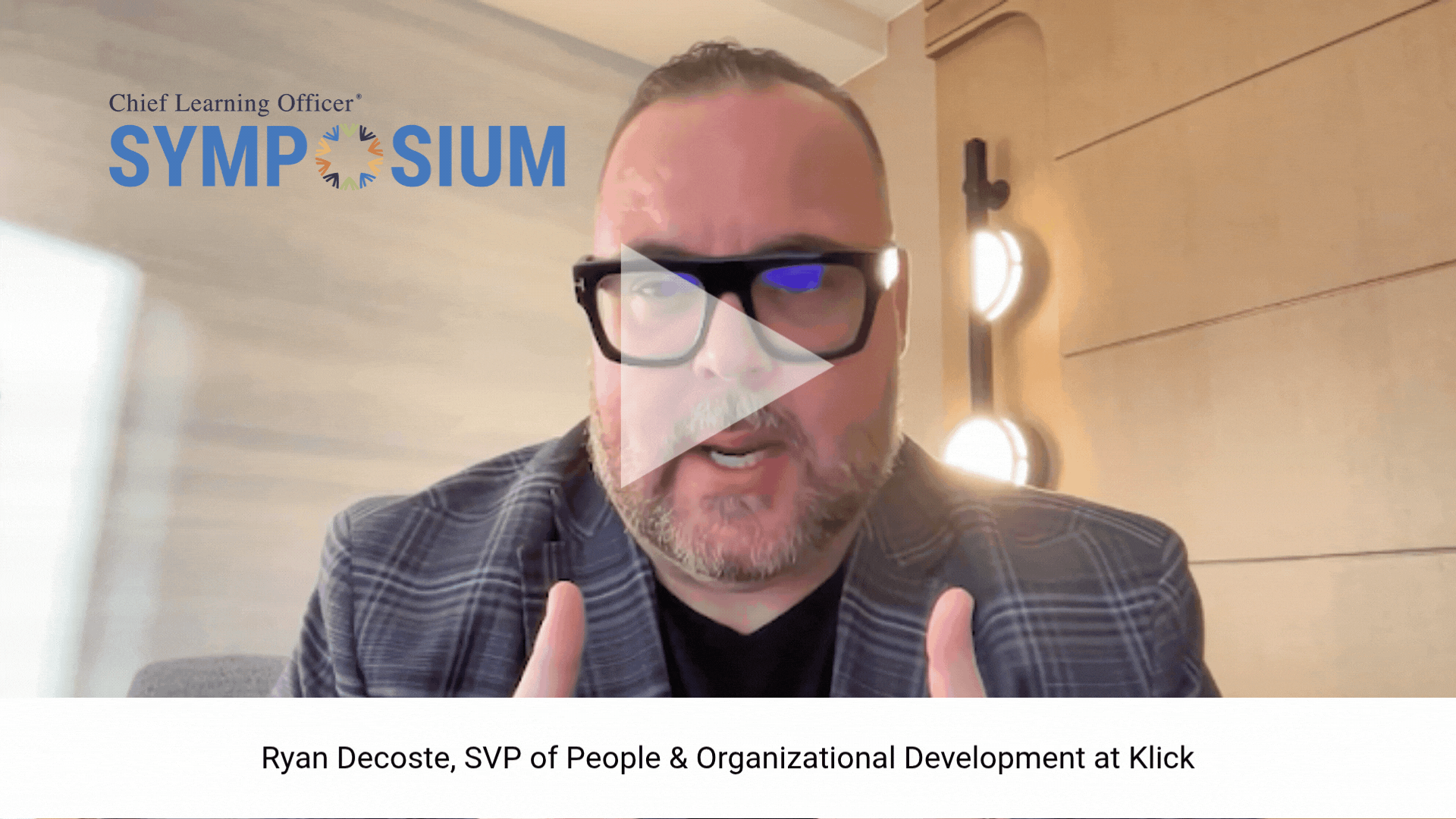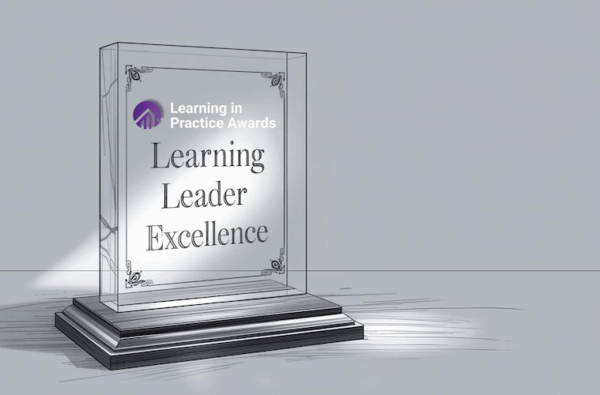Westport, Conn. — March 5
The demand for coaches has helped more than double membership in the International Coach Federation in the last five years, according to a recent article in the Los Angeles Times.
The article also said the Kentucky-based federation, which runs a certification program, said the number of its business and life coach members would hit 10,700 this year, compared with 4,600 in 2001.
As seeking inspirational coaches for every aspect of daily life continues to be sought by a wide variety of people of every age and occupation, the second edition of “Co-Active Coaching” by Laura Whitworth, Henry and Karen Kimsey-House and Phillip Sandahl, provides more insights into the psychology and practice of this booming occupation.
According to the authors, when the first edition of “Co-Active Coaching” was published, it promoted a more active participation between coach and client.
“Today, the profession of coaching as we know it is widespread and growing by very significant percent each and every year,” the authors said, who added they have witnessed dramatic growth and change in the profession since the first edition was published in 1998.
The latest edition of “Co-Active Coaching” helps coaches help clients, with tips on listening, engaging and adapting to what is necessary in a particular environment to create positive change.
“Co-Active Coaching” describes the process of choosing a coaching direction in a way that best serves the client, advocating the important new insight of “dancing in the moment” or the ability to remain unattached and flexible, keeping a coach open to new developments in the coach-client relationship.
It also offers a variety of coaching situations with dialogue samples, corporate scenarios, three new appendices describing organization and relationship systems coaching and the ways they differ from mainstream individual coaching and the International Coach Federation’s ethical guidelines for coaches, along with an updated Coach’s Toolkit, which reflects a broader scope of coaching.
As a bonus, a CD is included in the book that contains both audio files of coaching dialogues from Coaches Training Institute coaches, plus downloadable Word files that contain the toolkit at the back of the book so readers can download the forms, checklists and other items to use them as is or adapt them for their own use.
The authors describe the coach as a “change agent” but add that it is a passive role, citing four cornerstones of co-active coaching:
- The client is naturally creative, resourceful and whole. The authors advise coaches to ask the client questions without providing ready answers enabling the clients who actually have the answers, to find them.
- Co-active coaching addresses the client’s whole life, the idea there should be balance and fulfillment in all areas of the client’s world and aiming for a higher purpose, creating the means for change in the clients, and by extension, in families and organizations.
- The agenda comes from the client and not from the coach. The coach, however, helps the client articulate and realize their dreams.
- The coach “dances in the moment,” sensing what is important, being able to change course with shifting currents and themes during coaching sessions knowing that each client response offers information on where to go next.















